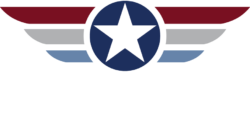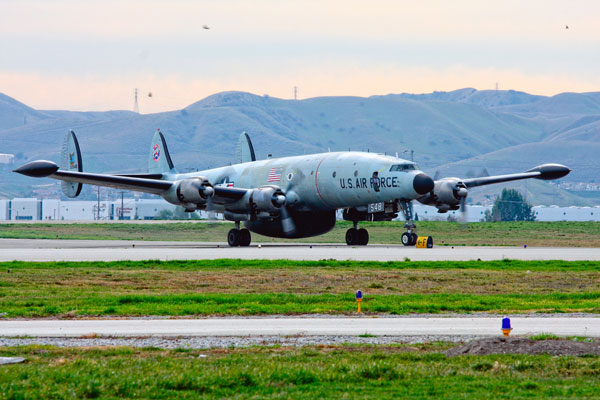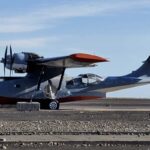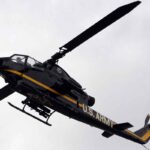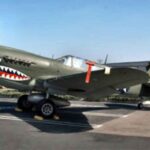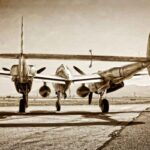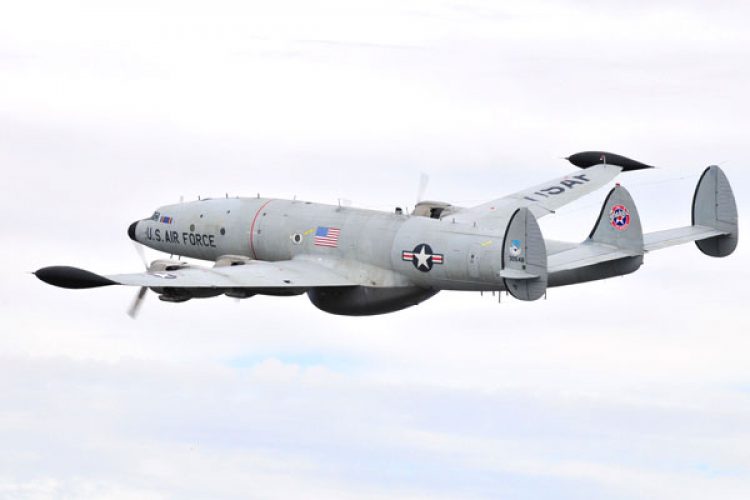
Service History
Delivered: August 19, 1955
- Aug 1955 – 552nd Airborne Early Warning Wing (ADC) McClellan AFB, CA with deployments to McCoy AFB, FL
- Sept 1963 – Converted to EC-121D
- May 1970 – Converted to EC-121T
- Nov 1970 – Tainan AB, Taiwan
- Aug 1971 – Kuanju AB, South Korea
- July 1972 – McClellan AFB, CA with deployments to Kuanju AB and Homestead AFB, FL
- June 1974 – 552nd Airborne Early Warning Group (ADC) McClellan AFB, with deployments to Keflavik AP, Iceland and Homestead AFB
- Oct 1976 – 79nd Airborne Early Warning Squadron (AFRES) Homestead AFB Dec 1976 – 915th AEWG (AFRES) Keflavik AP
- Mar 1978 – 79nd AEWS (AFRES) Homestead AFB with deployments to Keflavik AP
- Oct 1978 – To MASDC, Davis Monthan AFB, AZ for storage
- Jan 1979 – Dropped from inventory as surplus
- Acquired by Yanks in 2004
In 1939, competitors TWA and Pan Am encouraged Lockheed to design and build the 1.049 a 40-passenger airliner. However, the attack on Pear] Harbor drew the U.S. into WWII, halting the production of commercial aircraft.
Consequently, all “Connie’s” on the assembly line were re-designated C-69’s and accepted by the USAAF.
The Connie had a long and glorious career, during an era of affordable, elegant air travel. Her unique features included a dolphin like fuselage, her huge size (a larger wingspan than a 737) and a triple tail design that allowed her to fit into existing hangers. She is more powerful than 8 diesel locomotives and holds the 1957 record for a non-stop pass flight 23 hours 19 minutes. The fuel burned on this flight would supply the average family car for ten years.
On April 17, 1944 Howard Hughes and TWA President Jack Frye, flew from Burbank, California to Washington, D.C. in 6 hours and 57 min. On the return trip, they stopped at Wright Field to give Orville Wright his last flight.
Pan Am continued the first regularly scheduled round-the-world air service “Flight #101” for the next fifty years (1947-1997).
Before satellites, we relied on the Connie’s on-board radar and surveillance systems to detect hostile aircraft, monitor telemetry for satellites, missile and space shots, and gather weather, communications and radar signals. She carried a crew of 31 men, the largest crew the Navy ever flew aboard an aircraft.
